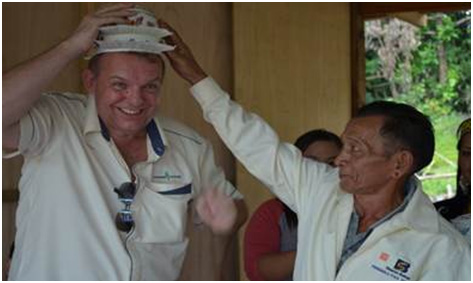

NEWS & UPDATES
Sarawak Hosts The World’s Most Important Gathering of Hydropower Decision-Makers
By Torstein Dale Sjøtveit Chief Executive Officer, Sarawak Energy Berhad
I would like to take a short moment to express my sense of pride as Sarawak finally takes center stage to host the IHA World Congress this week, (on 21-24 May 2013) in Kuching. Dubbed as ‘The World’s Most Important Gathering of Hydropower Decision-Makers’, the IHA World Congress will bring together delegates from over 60 countries, with more than 60 speakers - supported by more than 50 sponsors and partners and I am looking forward to meaningful interactions with all these esteemed participants.
In line with the theme of this year’s IHA World Congress ‘Advancing Sustainable Hydropower’, Sarawak Energy’s efforts are focused on the development of Hydro Electric Projects (HEPs) to deliver reliable, renewable and affordable energy. Sarawak, similar to Norway, has strategic prospects for the construction of dams for HEP, due to the compatibility of its geographical structures and the abundance of natural resources. Our first experience with hydropower was the Batang Ai HEP in the 1980’s. To date, only 1.82% of total land area in Sarawak is currently allocated for the existing and planned HEPs.
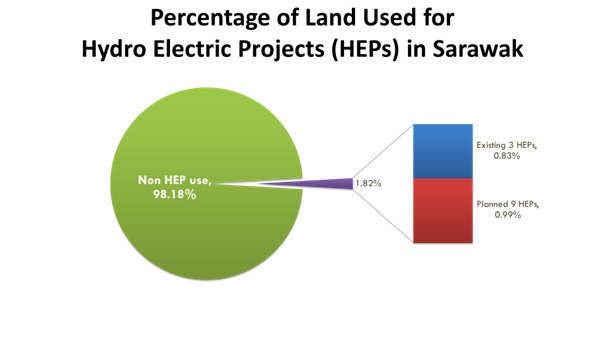

Moreover, in my opinion, the significant gap between the circumstances of living in Sarawak and communities in the developed world calls for further development in Sarawak. In 2008, the Sarawak Government developed the Sarawak Corridor of Renewable Energy (SCORE) as a strategy to propel the economy to a new level of income and development for the people in Sarawak. Sarawak Energy’s role in SCORE is to harness Sarawak’s strategic advantage in the production of bulk electricity at globally competitive prices to attract domestic and international investments to the State. Along with my Sarawak Energy colleagues, it is our rightful duty to uplift and support the development of Sarawak through the advancement of sustainable hydropower to stimulate socio-economic growth for the State and its people.
Sarawak Energy’s upcoming hydropower project, the Murum HEP, is close to 80% completion. Drawing upon lessons learned from earlier hydropower developments in Sarawak and elsewhere around the world, we have established a disciplined process of community engagement for our new projects. In the early stages of our hydropower project in Murum, we found out from our Social and Environmental Impact Assessment (SEIA) findings that a mountain peak believed to be a spiritual symbol and known to the local communities as the ‘Sacred Stone’ was located in our planned site. Even though we had to make numerous adjustments to our project costs and schedules, we had chosen to shift our project site away from the ‘Sacred Stone’, as we believed that this move was in line with our efforts to better understanding the local culture and respecting the local communities.
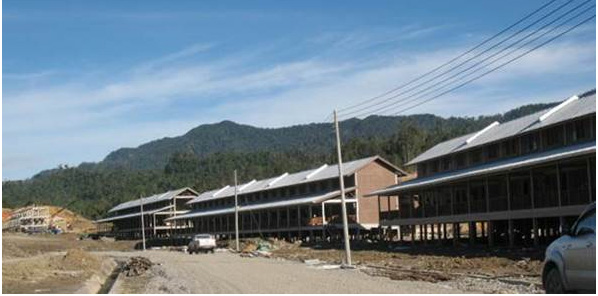

In our hydropower developments in Murum, it is our utmost priority to ensure smooth relocation and resettlement of the affected communities. The affected communities have not only contributed to the design of their new ‘Longhouse’ accommodation, but have also been directly involved in identifying the exact location of their new residencies. Close to our heart is the socio-economic growth of the affected communities. In 2008, Sarawak Energy built the first kindergarten to serve the indigenous community of Long Wat, which is one of the affected communities lying deep in the interior of the Murum area. Working together with the Society for the Advancement of Woman and the Family Sarawak (SAWF), Sarawak Energy managed to reduce the percentage of illiteracy within the indigenous community in Murum through its Murum Penan Literacy Programme to more than 330 Penans. This means to date close to 50 percent of the 330 are now literate and able to read and write in the national language with confidence.
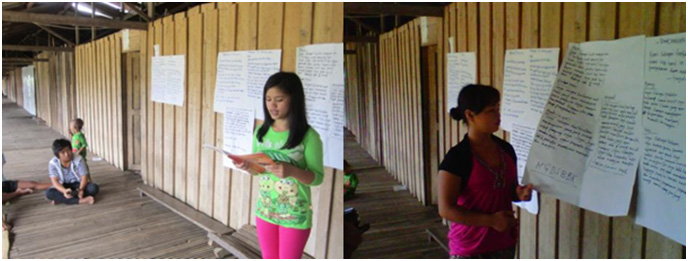

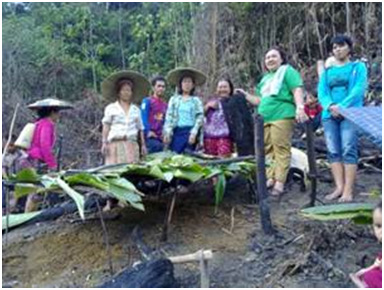

Over the course of many years, we have engaged with the indigenous communities in Murum. Apart from reading and writing classes, the literacy programme also encompasses numerical, hygiene and healthy living, personal and leadership development and vegetable farming teachings. People of the directly affected communities are given first priority when job opportunities are available in the area while many are presently part of the construction crew working on their new homes. I believe that through these community engagement efforts, both Sarawak Energy and the Murum Penan community can benefit and learn a lot from each other. I hope that through the upcoming IHA congress, the profile of hydropower in Sarawak could be raised. It is also hoped that better awareness and understanding can be reached among the hydropower energy providers and the community.
